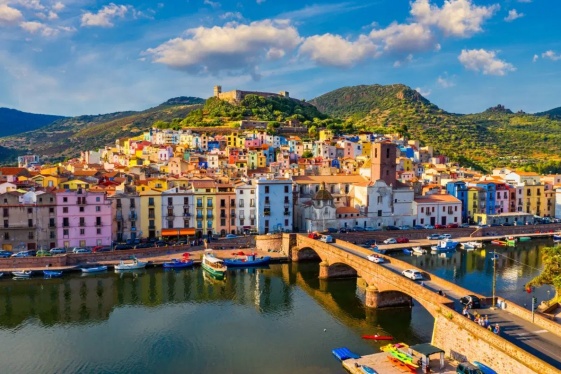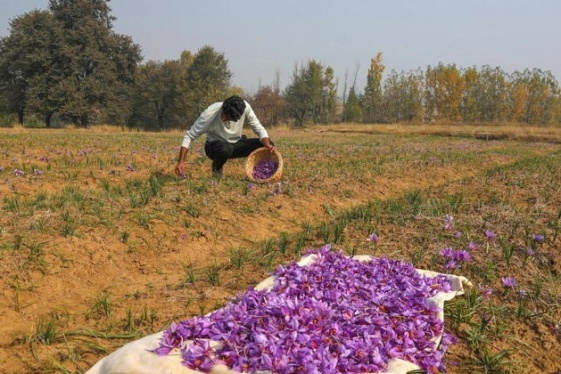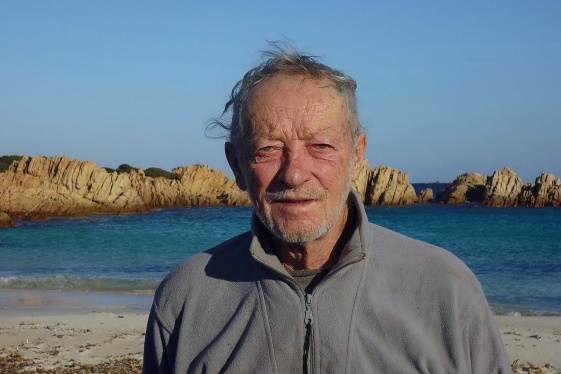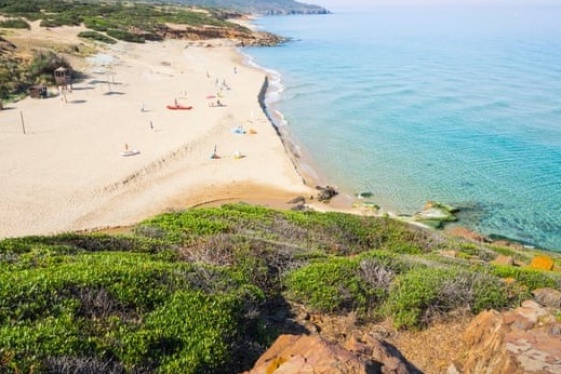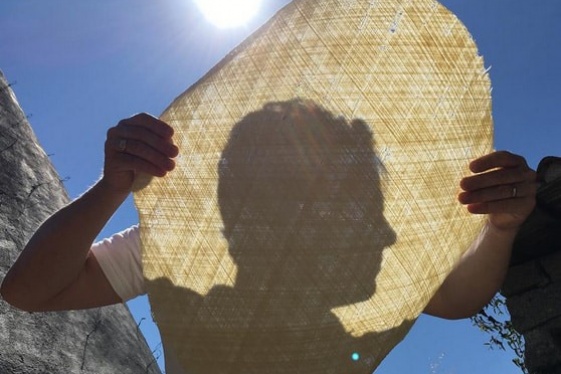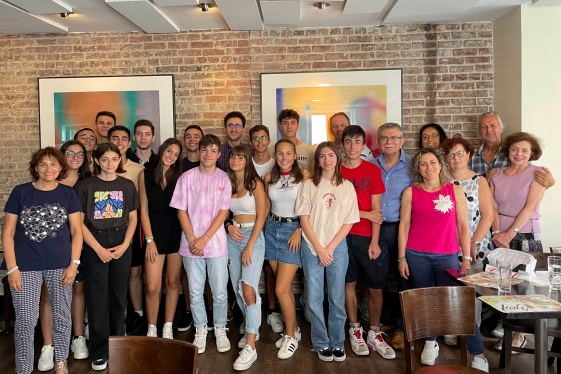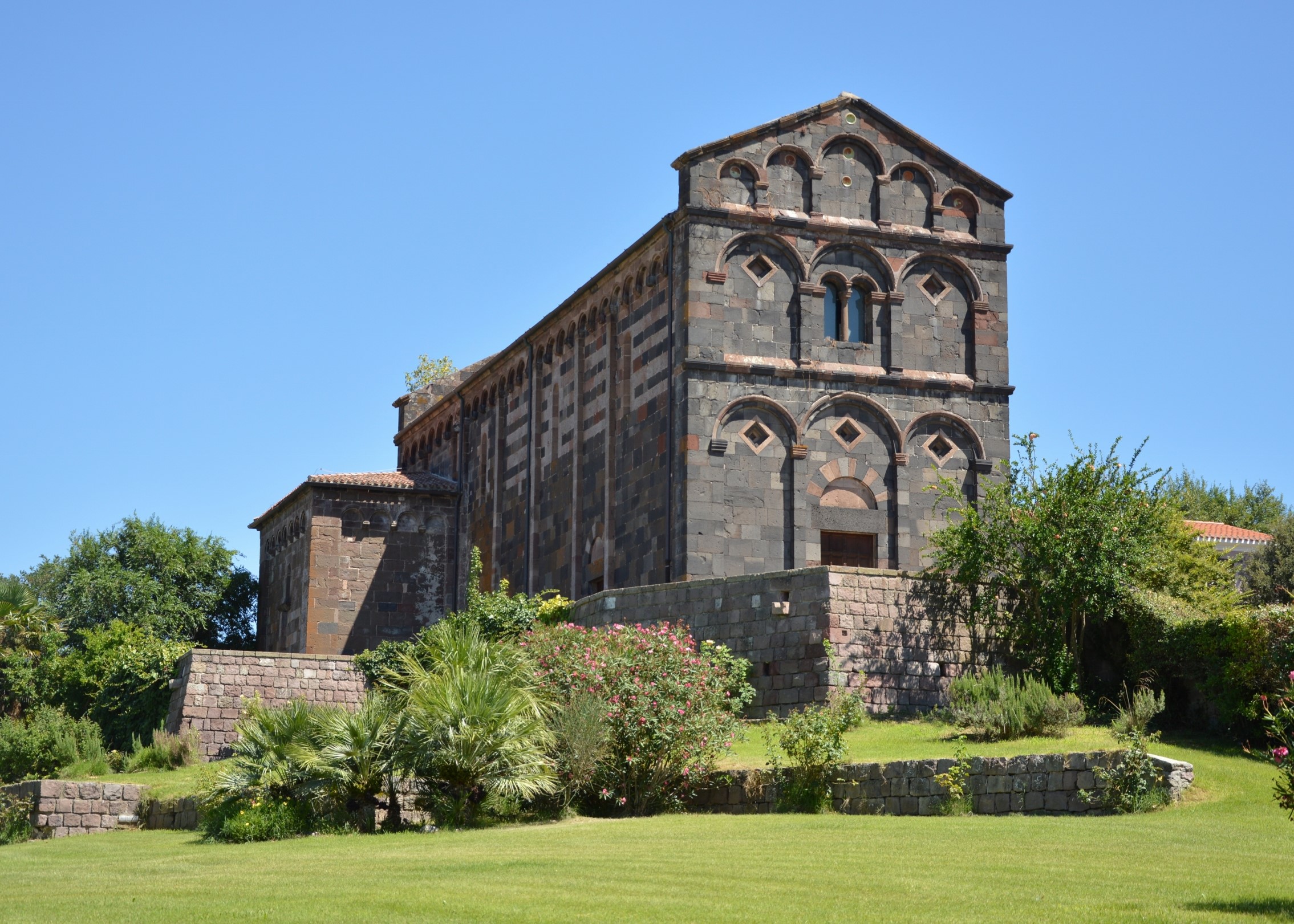

The Province of Nuoro is situated in east-central Sardinia. Overlooking the Tyrrhenian Sea on its east, it is bordered by the Provinces of Sassari and Olbia-Tempio on its north, by the Province of Oristano in the west, and the Provinces of Cagliari and Ogliastra to its south. It spreads out for 1,519 square miles (16.3% of Sardinian territory) and is the second-largest province in Sardinia, after Sassari.
Nuoro Province comprises 52 communes, including Nuoro and Siniscola, but only one-percent of the territory is occupied by urban areas: the rich and diverse natural heritage dominates the province from coast to mountains. It is also home to the most important massif on Sardinia, Gennargentu: Gennargentu's highest peak, Punta La Marmora, reaches 6,017 ft. Other important reliefs are the calcareous rises of Monte Albo and Monte Ortobene.
At the foot of the mountains, the coastal system is exceptionally beautiful, in part made up of the coastal areas of Dorgali, Orosei and Siniscola. Beyond the coastline, much of the territory is delineated by a hilly area of oak and cork forests. The area also abounds with countless archaeological sites. The main rivers are the Cedrino, the Posada and the Tirso, while near the town of Gavoi lies the artificial Lake Gusana, containing 60 million cubic meters of water.
The Province of Nuoro has long been influenced by the karst phenomenon, a chemical process by which the rains that have become slightly acid operate the dissolution of calcareous rocks. The intense karst activity which affected the rocks over millennia resulted in caves of extraordinary beauty, among which we mention those of Sa Oche and Su Bentu, in the Valley ofLanaittu, the chasm of Ispinigoli, in the territory of Dorgali, and the Grotto of Bue Marino in Calagonone, the most famous of Sardinia, populated until a few decades ago by the last surviving monk seal specimens, which today is presumed extinct.
While walking in the lovely old town of Nuoro, rich in art and history, we can admire many monuments. Among these, the Duomo (Cathedral), built in the mid-19th Century, and preserving paintings by local artists; the Church of San Simplicio, built in the Romanesque between the 11th and the 12th Centuries; the Sanctuary and the Chiesa delle Grazie; and the MAN, Museo dell’Arte di Nuoro, distributed over four floors - two of which house temporary exhibitions, and the other two, works by Sardinian artists from the early 20th Century until today. Finally, not to be left out is the National Archaeological Museum, featuring numerous exhibits regarding the Province of Nuoro's history, from the Neolithic to Medieval times.
It is worth noting the Museo Deleddiano, situated in the house where the famous Sardinian writer Grazia Deledda (1871-1936) was born; Deledda won the Nobel Prize for Literature in 1926. This House-Museum displays material relating to the writer's life and work, whose name was also given to the Grazia Deledda Literary Park, offering a series of thematic journeys that refer to her life and novels.
In southeastern Nuoro lies the territory of Barbagia, in part comprising the massif of Gennargentu: a zone full of charm, yet inaccessible and sparsely inhabited. Among the small villages of Barbagia we mention Oliena, whose old town center of white-walled houses and the ruins of a Medieval castle is one of the most characteristic of the island. Moreover, Orgosolo, famous for its numerous murals depicting socio-political content, painted on the walls of the old town in the 1970s.
Also worth a visit is the Cathedral of Ottana, dating from the 12th Century and composed of black and purple trachyte; the late Baroque Basilica of Madonna dei Martiri in Fonni; and the old town of Desulo, home to the Ethnographic Museum "Casa Montanaru" that exhibits costumes and objects related to ancient pastoral activity. Archaeological finds abound in this area, such as the four monumental menhirs of Perdas Fittas, and the necropolis of Sa Concas.
To the west of Nuoro is the territory of the Baronie, characterized by fertile plains and gently-rolling hills. The main towns are Orosei and Siniscola. In Orosei, see the Museum Giovanni Guiso, the Parish Church of San Giacomo Maggiore (Moorish architecture) and the Church of Sant'Antonio Abate, dated to the 14th Century. Sant'Antonio houses a wooden statue of the saint, feted with a big bonfire every January 17th. Among the monuments of Siniscola is the 18th-Century Parish Church of San Giovanni Battista.
Numerous archaeological finds can be found in the northeast of the province, e.g. the Nuraghe village of Serra Orrios, among the largest and best-preserved in Sardinia; the Tomb of the Giants of S'Ena e Thomes; the Sacred Well of Su Tempiesu, a beautiful example of Nuraghe temple architecture; and the archaeological site of Noddule, consisting of a large Nuraghe, and a Nuragic village.
The Maestro Nature is the artist of the Province of Nuoro: beautiful landscapes range from its mountains, hills and sea, thus, rendering it ideal for a number of excursions (trekking) in discovery of its many beauties.
The lush flora and rich fauna (mouflon, Sardinian foxes, weasels, wild boars, as well as hawks, peregrine falcons, griffon vultures, eagles) make this area a paradise for photographers and birdwatchers.
Not only: in massive Gennargentu are well-equipped ski resorts, among them Fonni. The numerous caves of spellbinding beauty attract many a speleologist, although the Province of Nuoro is also ideal for beach lovers, with its beautiful beaches and inlets, like Cape Comino,Cala Liberotto and Santa Lucia.
Many celebrations and folkloristic ceremonies make up the province's events. Particular attention should be paid to the fireworks celebration in honor of Saint Anthony the Great (Sant'Antonio Abate) every January 16th-17th, and the Carnival of Mamoiada, characterized by mamuthones, figures of mysterious origins who parade through the village streets dressed in leather, wearing tragic wooden masks and heavy bell clusters covering their shoulders.
In Nuoro Province's gastronomy, the carasau bread (very thin and crispy, also known as "sheet music") is eaten fresh, but also used as pane frattau, that is, (similarly to lasagne) steeped in water or broth and seasoned with tomato sauce, pecorino cheese and poached eggs. Another use for carasau is as pane guttiau, warmed and then seasoned with drops of oil and a bit of salt.
The appetizers are made from wild boar or mountain ham, in addition to various sausages and salamis. Among the pasta dishes are culurgiones, large ravioli stuffed with cheese, potatoes and mint; and maharrones de busa and maharrones hurriaos, topped with sauce and fresh pecorino. Curious about the local cheese? Think infinite varieties of pecorino. Among the second courses, we recommend porcetto (pork), boiled sheep and roast lamb as well as entrails.
The typical seadas is a large circular-shaped sweet stuffed with cheese, fried and flavored with honey or sugar (Mexican food lovers will immediately think of a sopapilla, excepting the cheese). Then the aranzada, a dessert made of thin strands of orange, is cooked in honey and covered with almond sticks. Possessing a very rare flavor is the sa pompia, a hybrid of orange and grapefruit that grows only on Nuoro's eastern coast, boiled and caramelizeded in arbutus honey. Also characteristic of the area is the turròn.
Among the wines, taste the Mandrolisai, the Monica and the Malvasia. The typical liquor here is Mirto, made from myrtle berries.
You may be interested
-
'I'm Italian - this is the most beautiful but...
Bosa, a picturesque town nestled on the western coast of the enchanting island of Sardinia...
-
'Saffron tourism' takes hold in Italy, harves...
Saffron tourism is the holiday of choice for a growing number of people fascinated by the...
-
‘I have given up the fight’: ‘Italy’s Robinso...
A man known as Italy’s Robinson Crusoe who has lived alone on a Mediterranean island for m...
-
‘My classmates are like my grandchildren’: It...
An Italian woman who missed out on formal education because of the second world war has re...
-
‘Nudity on the beach is normal’: how Sardinia...
Sergio Cossu’s nude awakening came in 1972, when, at the age of 16 and needing a getaway f...
-
‘The Oratorio’: Martin Scorsese Celebrates a...
There’s a point in “The Oratorio” when the attention turns to the organ at St. Patrick’s O...
-
‘Threads of God’: Rarest Pasta in the World I...
In the small Sardinian town of Nuoro, there are very few people who still know how to make...
-
"Storia e memorie" at Casa Italiana Sociocult...
The "Storia e memorie" group of 21 students and teachers from Friuli and Sardegna returned...



